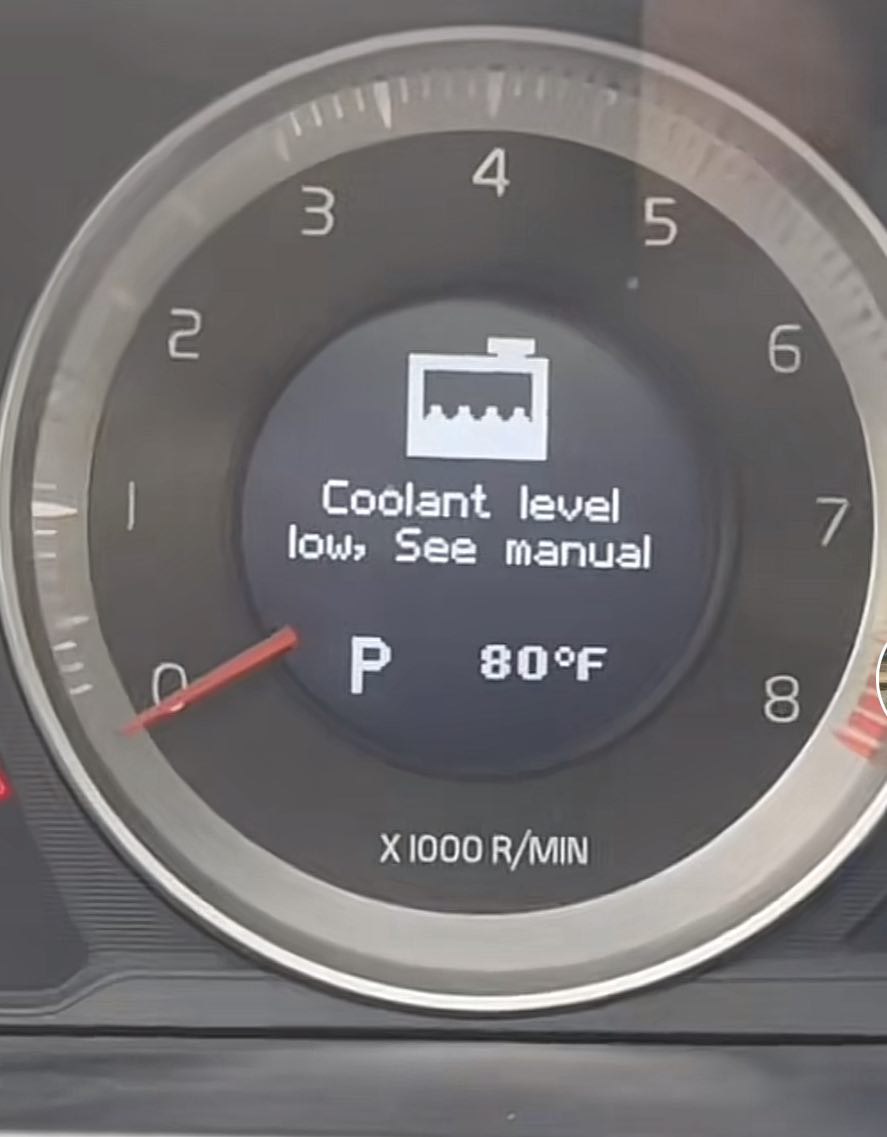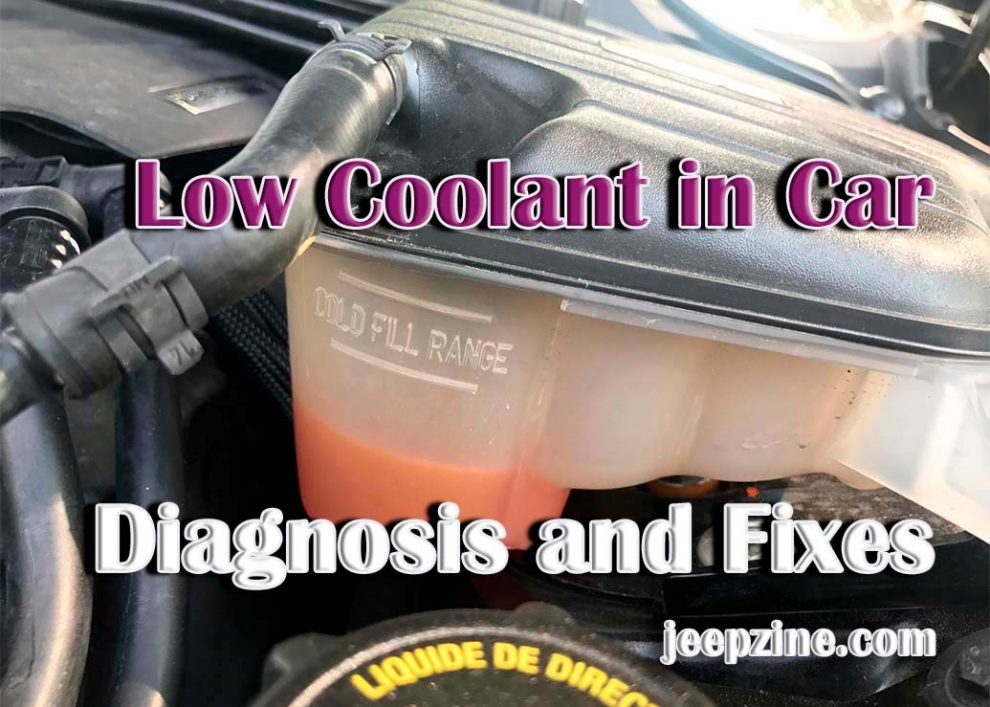The temperature of your car’s engine is critical for its normal operation and longevity. Without the right amount of coolant, your engine can become too hot and suffer serious damage from overheating. As such, knowing how much coolant you have in your car and what you should do if the level becomes too low is important. In this article, we will discuss how to diagnose and fix a situation when you have low coolant in your car. We will explain the signs that indicate a problem with low coolant, how to check the levels yourself, and some possible fixes so that you can safely get back on the road without any worries about overheating or engine damage.
Signs of Low Coolant Levels

Causes of Low Coolant Levels
A variety of factors can cause low coolant levels in a car. The most common cause is leaking. Leaking can result from a worn or broken hose, a loose clamp, or even radiator corrosion. Another possible cause is evaporation due to age or high temperatures, which can reduce the amount of coolant in the system. In some cases, improper fill levels during maintenance or installation may lead to a low coolant level. Additionally, if the car has not been driven for an extended period of time and no maintenance has been done during that time, air could have entered the cooling system and displaced some of the fluid over time. It could also lead to lower coolant levels than expected. Lastly, excessive engine temperature can boil off more liquid than would normally occur, leading to lower levels in the reservoir tank and engine components such as pistons and valves becoming damaged from insufficient cooling power.
How to Check Coolant Level
Checking your car’s coolant level is relatively easy. All you need is a pair of gloves and a clean, dry cloth. Start by opening the hood to gain access to the coolant reservoir tank. It should be clearly marked with a full and empty line, indicating how much liquid should be present in the system at any given time. If it’s lower than the empty line, you have low coolant levels and must act. To ensure there are no leaks in the system, check around the radiator cap for any fluid pooling on the ground or dripping from any part of the engine bay. You should also check inside the engine bay for signs of oil or antifreeze leaking from hoses, clamps, or gaskets, as this could also indicate an underlying issue that needs attention.
How to Top Up the System’s Level
If your car’s coolant level is low, topping it up can help get things back on track and prevent serious engine damage due to overheating. To do this safely, you will need a jug of coolant mix (water-glycol) made specifically for your vehicle; make sure it matches what’s already in there, if possible, as different mixtures can cause corrosion when mixed incorrectly. Once you have found an appropriate mix and topped up your reservoir tank with it – keeping an eye on how much liquid goes into it – replace its cap firmly, ensuring no excess force is used when doing so, as this could cause damage. Then start up your engine and let it run for 10-15 minutes – this will help evenly distribute temperature throughout all components while also helping purge air pockets from your system – before switching off again and allowing everything to settle down into its original state before checking one more time that all levels are balanced correctly once more before shutting down again. Also read about antifreeze in gas tank here.
Conclusion
Low coolant can be a serious problem for the engine if left unchecked, but it’s relatively easy to diagnose and fix. To do so, you need to check the coolant levels in your reservoir tank and top it up with the right mix. You should also look out for any signs of leaking or other damage that could be causing the low level to prevent further issues. With this knowledge, you can easily monitor and maintain the cooling system more regularly – helping keep your engine running optimally while ensuring it stays free from damage due to excessive heat.

